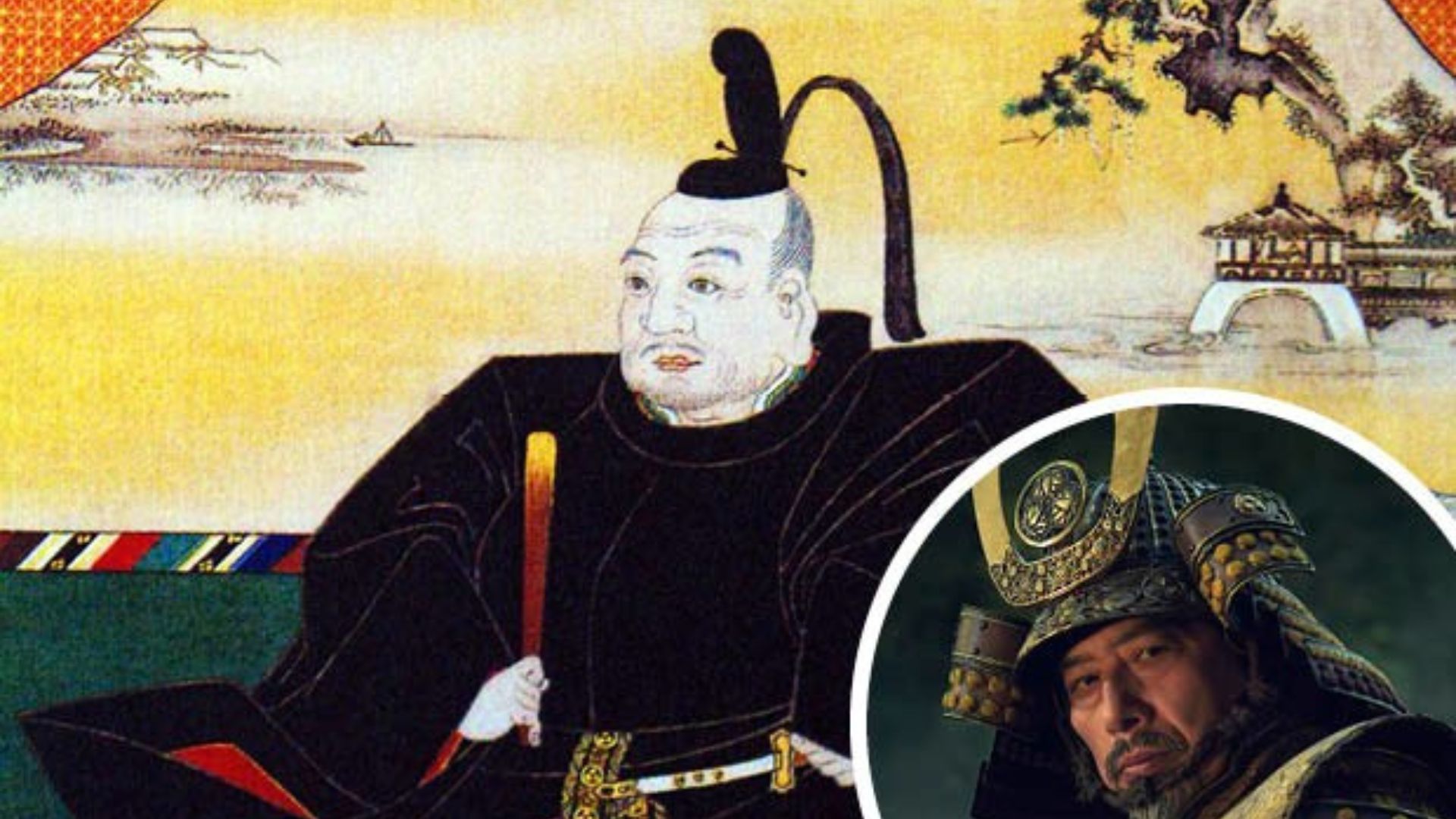Hattori Hanzo (1542–1596) is one of the most famous and legendary figures in Japanese history. Known for his exceptional skills as a ninja, warrior, and strategist, he became an icon of Japanese feudal warfare. Hanzo’s name has transcended the pages of history, often portrayed in movies, books, and pop culture, and his legacy continues to intrigue people around the world.

Early Life and Training
Hattori Hanzo was born in the Iga Province, known as the birthplace of the ninja. From a young age, he was trained in the ways of espionage, guerrilla tactics, and ninjutsu—the art of stealth and espionage. Iga was a region famous for its schools of ninjutsu, and Hanzo’s family, the Hattori clan, had a long history of involvement in ninja activities.
While not much is known about his early life, it is believed that he served as a retainer to the Matsudaira clan, which would later evolve into the Tokugawa clan. His training and background as a ninja gave him the ability to conduct covert operations, engage in espionage, and gather intelligence, all skills that would prove invaluable during his later military career.
Service Under Tokugawa Ieyasu
Hattori Hanzo is most famous for his service under Tokugawa Ieyasu, the founder of the Tokugawa Shogunate. Ieyasu recognized Hanzo’s immense potential and made him a trusted and loyal ally. Hanzo’s skills in intelligence, infiltration, and reconnaissance made him a critical figure in the Tokugawa’s rise to power.
One of Hanzo’s most famous achievements came during the Battle of Mikata ga Hara (1563). Tokugawa Ieyasu’s forces were outnumbered by the Imagawa clan’s troops, but Hanzo and his men used their stealth skills to infiltrate enemy lines, create confusion, and disrupt the enemy’s plans. This operation led to a crucial victory for Ieyasu.
Later, Hanzo played a vital role in protecting Ieyasu during the dangerous period following the Battle of Sekigahara, a pivotal conflict that led to the establishment of the Tokugawa Shogunate in 1603. Hanzo’s contributions as a ninja and his ability to protect his lord allowed Ieyasu to consolidate power and begin the Tokugawa reign.
Hattori Hanzo’s Legacy
Hattori Hanzo is most commonly associated with his ninja activities, but his influence reached far beyond covert operations. As a samurai, he embodied the values of loyalty, honor, and duty—core principles of the bushido code. His fearless reputation in battle and unwavering loyalty to Tokugawa Ieyasu earned him respect in Japanese history.
Hanzo wasn’t just a skilled warrior; he excelled at commanding his men and organizing military strategies. His ninjutsu training gave him an advantage in unconventional warfare, allowing him to outsmart larger, more heavily armed forces. Hanzo’s success relied not just on physical strength but on intellect and adaptability.
The Ninja Legacy
Hattori Hanzo is one of the most iconic ninja in Japanese history, and his life and legend have contributed significantly to the mythology surrounding ninjas in popular culture. While it is unclear how much of the ninja image we see in films and books is based on historical accuracy, figures like Hattori Hanzo undoubtedly played a central role in shaping the legend.
Conclusion
Hattori Hanzo’s legacy as a ninja legend is rooted in his incredible skill, intelligence, and loyalty. Serving Tokugawa Ieyasu, he played a key role in the establishment of the Tokugawa Shogunate, shaping the future of Japan. His name has echoed through the ages, inspiring stories and depictions of the mysterious and deadly ninja. Today, Hattori Hanzo remains a cultural icon, representing both the mystique and the martial prowess of Japan’s feudal era.











